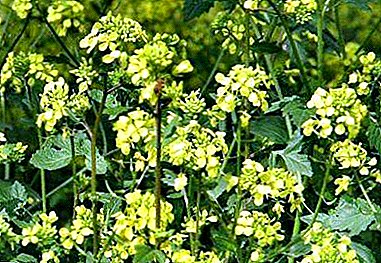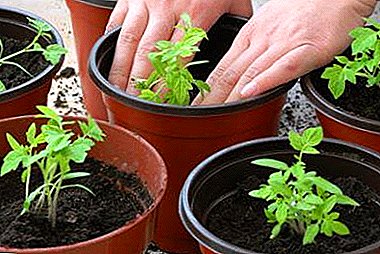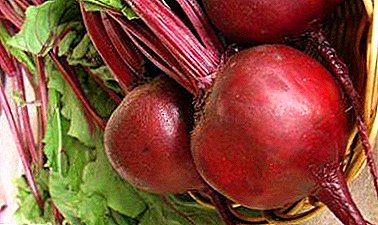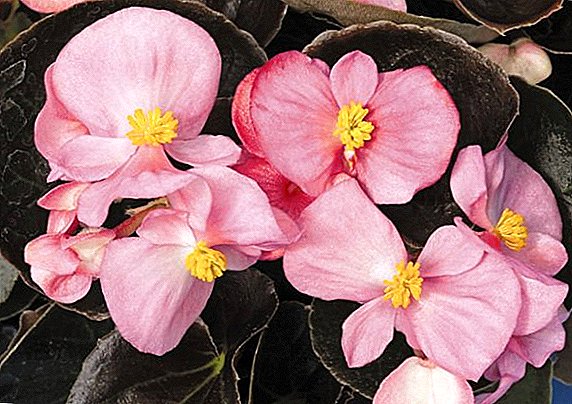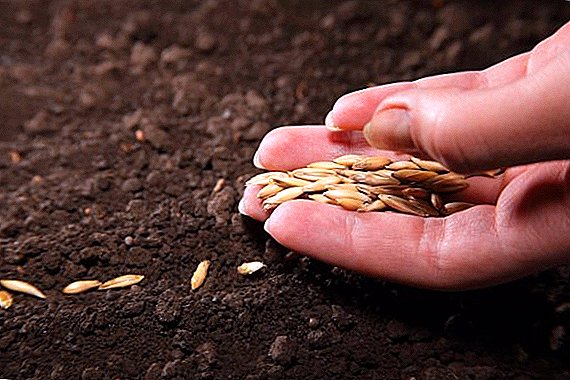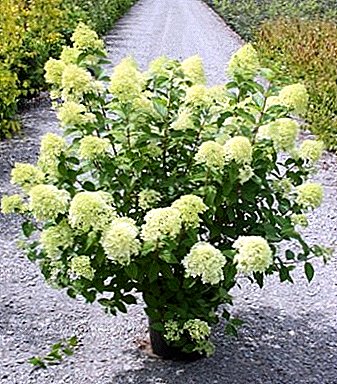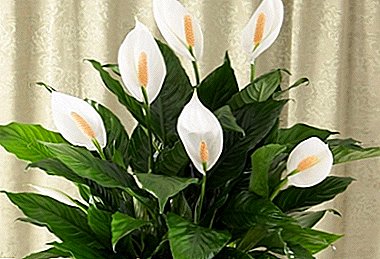
Ornamental plants - guests from faraway countries. Whatever the flower - features and preferences. Some love the sun, others - the shadow. Some are water reservoirs, others rarely need watering.
The flower will please the appearance and refresh the atmosphere in the apartment, if the habits are taken into account. White spathiphyllum - the favorite of flower growers. The representative of the family Aronnikovs. A perennial plant. It is found in the tropical forests of Polynesia, South America, and New Guinea.
How to find out?
Spathiphyllum has no stem - oval veined leaves form a tuft and grow out of the soil. When the spathiphyllum blooms, a tiny cob emerges from the ground on a long stalk, which turns into a delicate white flower, resembling a sail. Botanists describe 45 varieties of spathiphyllum.
Popular varieties of spathiphyllum, photo
Next will be presented the popular varieties of the flower "Women's Happiness" and photos.
Blooming
Guest from Colombia. The main feature - blooms all year round. It produces a lot of buds. Peduncles reach 20 cm. The cover is white. Light green leaves are dense, with a vein clearly visible in the center. The leaf grows up to 25 cm. Young leaves are brighter, lighter than adults. The kidneys are hiding in the axils of healthy leaves.

Helicious
Guest from Brazil. The leaves are pointed, oblong, 35-50 cm and 20-25 cm wide. Dark green color, wavy along the edges. Exalted on petioles 75-90 cm. Inflorescence - first white, then dark. Spathe is longer than the cob 2 times.

Cannular leaf
Guest from Venezuela, Thailand. The main feature is narrow and dense leaves up to 40 cm. The visible side of the bedspread is white. On the reverse side - greenish. Inflorescence smells good, the ear is not rough, but smooth.

Spoonful
Guest from Brazil. The leaves are oblong, saturated - green, 30-40 cm, 15-20 cm wide. Glossy, with a wavy edge, grow on the stem 50 - 70 cm. The cover is oval, long, concave.

Charming
Guest from tropical America. Leaves are elongated, with drawn tips. Stalks are long, strong. The cob is like a flag with a greenish-white sail. Blooms profusely from April to June.

Wallis
Guest from Colombia. Leaves oblong, graceful. The veil is narrow, three times longer than the cob, first white, then gradually turns green.

Picasso
Leaves include light green, brown, dark green, cream shades in a single plant. This variety looks colorful even when it does not bloom.

Sensation
It grows up to one and a half meters. Sail - a giant size.

Care
The flower is placed in pots or in floor vases. No matter what material the containers are made of, the main thing is the size. Spathiphyllum roots love to live in cramps. In a spacious flowerpot or a tuba, the plant will be lush, but will not bloom. At the bottom of the drain is placed, the holes in the pot - are required.
- Spathiphyllum is a shade-loving plant, but in the depths of the room is not worth it. A lack of sun will weaken the foliage, slow down flowering. Plant the flower on the eastern or western windows, glazed loggias or on the verandas. Remember, the scorching rays of the sun will destroy the plant.
- The flower loves warmth. Prefers an air temperature of at least + 18 degrees, + 22-23 - comfortable, +30 - dangerous. Fears of cold and drafts! Ventilate the room will have to carefully.
- Spathiphyllum loves moist air. Here will help the pallets with wet sand, expanded clay or moss, spraying water at room temperature, which stood for 10 - 12 hours.
- Spathiphyllum watered constantly. In the summer - daily. The earth is needed wet, but not damp - the top layer is dried. Excess moisture leads to rotting roots. In cool time, watering is reduced to 1 time per week. Water is used without impurities or settled.
Top dressing
 One watering for the growth and flowering of spathiphyllum is small and the plant is fed. When the flower grows, mineral fertilizer is applied up to 3 times per month. Before flowering - drugs with potassium and phosphorus. Sometimes take a fresh mullein, diluted 1:15. Before and after feeding the ground is plentifully shed. If the plant bloomed in winter, fertilize the same way, only less often.
One watering for the growth and flowering of spathiphyllum is small and the plant is fed. When the flower grows, mineral fertilizer is applied up to 3 times per month. Before flowering - drugs with potassium and phosphorus. Sometimes take a fresh mullein, diluted 1:15. Before and after feeding the ground is plentifully shed. If the plant bloomed in winter, fertilize the same way, only less often.
Transfer
When the roots of the plant fill the pot, the flower is transplanted. Spring is the right time for this. The procedure is carried out in 2 - 3 years once. Replant carefully to not damage the roots. The soil is selected loose, slightly acidic. It is safer to take ready soil for aroid plants. If you use humus, add charcoal and brick chips. Pot take a little more than the previous one, so as not to stop flowering. Ground spill hot saturated solution of potassium permanganate.
If an adult plant needs a transplant, transplant with a clod of earth. In the pots make drainage holes. To avoid stagnation of water, pour clay or other drainage to the bottom. After relocation, plants take root in greenhouse conditions. For this, the flower is covered with a film, it is monitored for watering, aired, regularly sprayed.
Breeding
Reference! Spathiphyllum propagated by dividing the bush, cuttings and seeds.
- Divide the bush in the spring during transplantation. At the new instance leave at least three leaves with a kidney. Seedlings placed in pots 12 - 15 cm. Use a soil for aroid.
- After grafting, the stem branching: new growth points appear, the leaves unfold in several places. Plant cuttings need to wet sand. If the temperature and watering are suitable, the plants will root quickly. Then placed in the appropriate soil and arrange a greenhouse.
- Seed flower multiply rarely. To get the seeds, pollinate the flowers artificially. Waiting for the appearance of green peas, harvested and immediately sown, covering the film. This prevents drying of the soil. Regular airing.
What is sick and how to treat?
 Spathiphyllum reacts to the errors of the owner immediately.
Spathiphyllum reacts to the errors of the owner immediately.
- The leaves are drooping and the tips are drying up. - not enough moisture, the air is dry. Arrange a shower, wipe with a damp cloth, spray regularly. Immerse the pot in the water. Hard water dries the tips of the leaves, the same reaction to direct sunlight. Defend water or boil, and do not put in the sun.
- If brown spots appear - reduce feedings.
- Blackening leaves - excess moisture or lack of nitrogen. Water less.
- The plant does not bloom - hypothermia, insufficient watering, lack of minerals, spacious flowerpot.
- The flower withers and dries, if he was attacked by pests.
Important! The main enemies of spathiphyllum are aphid, spider mite, and shieldweed.
Insecticides help in the fight against them. A solution of these drugs is treated with the plant itself and the soil. Soap solution is also used for these purposes. To prevent the occurrence of pests, periodically wipe the leaves with a sponge and water. By doing this, the ground is closed with a film.
How to choose spathiphyllum correctly?
Externally, our flower looks like calla or zantedeskia. Her foliage is like a heart. On the arrow appear yellow, white and pink inflorescences. The tubular blanket dispels the last doubts.
Make friends with spathiphyllum. The plant will revive and decorate the home, create a mood, refresh the air and fill the house with joy.


